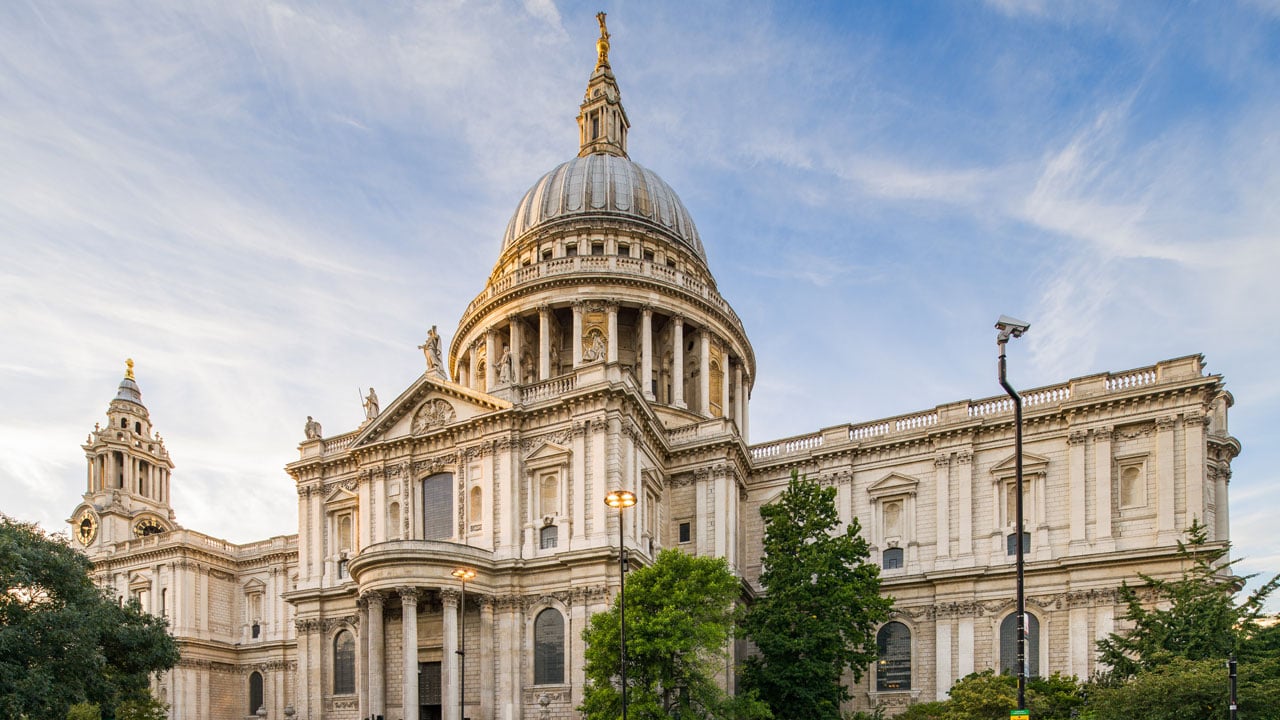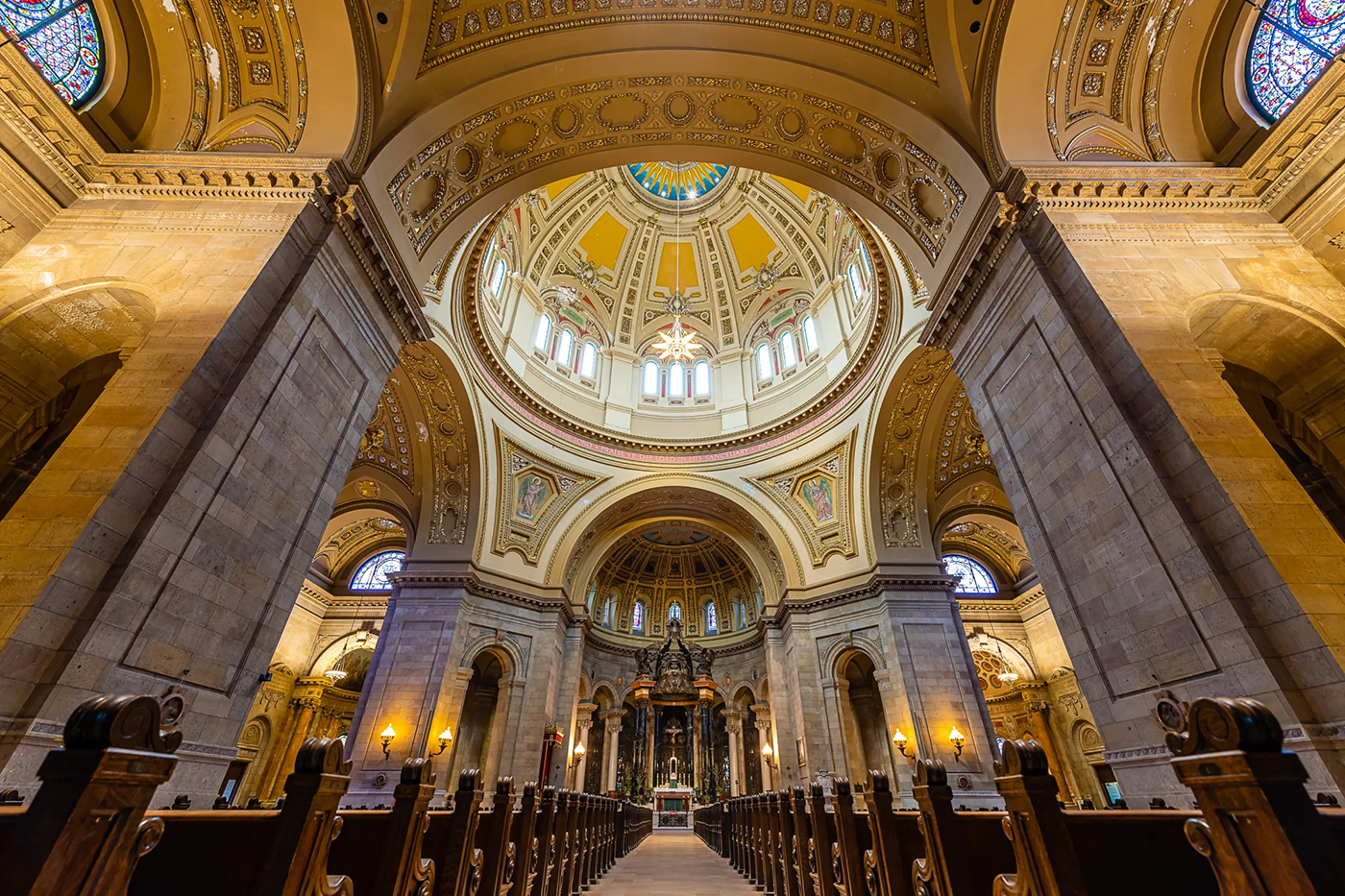St Paul's Cathedral, a commanding structure in the heart of London, is not only a symbol of the Church of England but also a globally renowned masterpiece of Baroque architecture. The distinctive design and construction of St Paul's Cathedral demonstrate the pinnacle of technology and art of its time, making it an essential visit for students studying in the UK. Cyclopes will guide you through the methods to book and the best times to visit St Paul's Cathedral, allowing you to explore one of the UK's top tourist attractions during your study breaks.

Source: Visit London
Features and Historical Overview of St Paul's Cathedral
St Paul's Cathedral has a history dating back to AD 604, but the structure we see today was rebuilt after the Great Fire of London in 1666, designed by the famed British architect Sir Christopher Wren, and completed in 1697. Since its completion, St Paul's Cathedral has been the venue for significant national events, including royal weddings and state funerals, such as the wedding of Prince Charles and Princess Diana in 1981, which was watched by millions worldwide. The cathedral also played a crucial role during the Second World War, surviving severe bombing raids on London, symbolising the resilience of the British people. These stories are not only recounted during tours but also displayed in the cathedral's exhibitions, providing visitors with a deep understanding of its historical significance.
The design and construction of St Paul's Cathedral was a 35-year project, blending traditional English architectural elements with Italian Baroque style to create a dramatic and majestic visual spectacle. The cathedral's interior is lavishly decorated, including intricately gilded domes and elaborate reliefs on the walls. The cathedral's most famous feature is undoubtedly its massive dome, standing 111 metres tall. This dome, one of the most iconic features of the London skyline, offers a unique acoustical phenomenon known as the Whispering Gallery, where a whisper can be heard clearly across the dome. The dome is the world's second-largest cathedral dome, after St Peter's Basilica in Rome, and its innovative "triple-shell" design by Wren is not only aesthetically pleasing but also structurally ingenious, solidifying its status as a symbol of London.

Source: iStock
A Centre for Culture and Arts
St Paul's Cathedral is a hub of cultural life in London. The cathedral hosts a variety of concerts ranging from classical to contemporary music, attracting top musicians from around the world. It is also a venue for numerous public lectures and exhibitions, often focusing on architecture, history, or religious themes. Additionally, the daily Choral Evensong performed by the St Paul's Cathedral Choir is a must-see event for those visiting.
Booking Information for St Paul's Cathedral
https://www.stpauls.co.uk/book-tickets

Source: Freepik
Tips for Visiting St Paul's Cathedral
St Paul's Cathedral is easily accessible by London transport, with the nearest tube station being St. Paul’s, just a few minutes' walk away. Be mindful of the photography rules as some areas within the cathedral may prohibit photography. Lastly, check the opening times and booking methods in advance and allow enough time to fully appreciate the architectural splendour of St Paul's Cathedral. If you have any questions about studying abroad, please contact Cyclopes' study abroad consultants for answers and guidance.